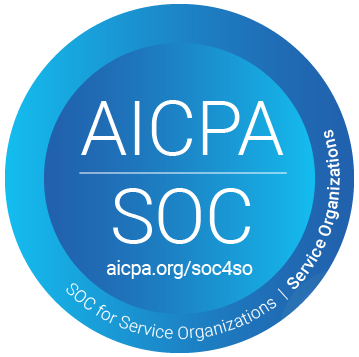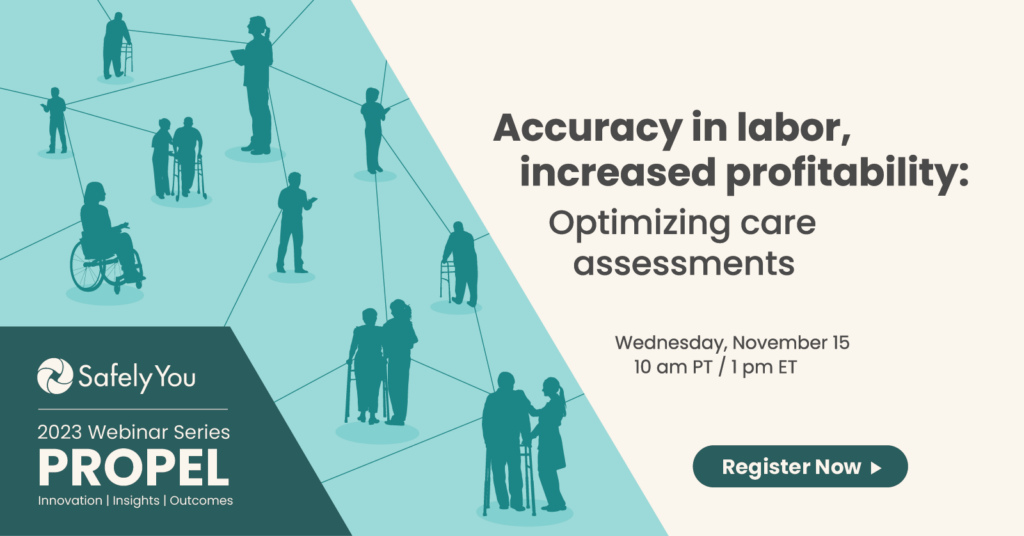As we’ve discussed in previous blogs, adults living with dementia in assisted living and skilled nursing communities fall four times per year on average — nearly twice as often as those without dementia. Since most falls in memory care communities often lead to emergency room (ER) visits and even hospitalization, it’s very important to take a closer look at the contributing factors to falls, how to prevent them and review a success story.
These insights are especially important since we want to avoid sending adults living with dementia to the hospital during the COVID-19 crisis.
Contributing Factors to Severe Falls
There are several contributing factors that can potentially lead to a severe fall. The good news is that many can be easily addressed to help prevent a fall.
- Time of Day: Most falls occur during shift change (5-8 a.m. and 6-9 p.m.) There is an opportunity to adjust shifts, get residents up earlier and add evening activities.
- Activity Before Fall: Most falls occur when walking, reaching for an item, not using a mobility aid and rolling-out or transferring from bed. Although severe falls are rare, it is critical to address issues from prior falls to avoid future events.
- Medication: Blood pressure and psychotropic are just a few medications that can contribute to falls. It’s very important to eliminate any duplicate medications and review any new medications, which have been prescribed by a doctor at a hospital.
Prevention
In addition to contributing factors, there are several key steps that caregivers can put in place to help prevent falls.
- Fall Scene Investigation: Examine such things as environmental triggers, hazardous furniture and even what the resident is wearing.
- Incident Reporting: Data is your friend and gathering as many insights as possible will help shape a better fall prevention plan. Time of fall, room lighting, activities before a fall and tracking fall patterns are just a few factors that need to be examined closely.
- Environmental Considerations: Take a closer look at how mobility aids are stored, review if the bed is truly appropriate and if items are easily accessible to the resident. A few simple adjustments can easily prevent a fall.
- Education and Cultural Change: It’s important to continuously update care plans for residents and educate caregivers on the importance of fall prevention. Promoting the fall scene investigation will help with problem solving and even lead to increased collaboration.
Success Stories
Reducing falls is definitely possible if you understand the contributing factors and take the appropriate steps for prevention. There are many success stories, but I want to share one in particular which illustrates the impact of following prevention procedure.
By analyzing the videos of a resident falling, the care staff was able to determine that the resident appeared uncomfortable in both her wheelchair and her bed. They decided to work with her family and hospice to provide her with a more supportive wheelchair and a high-quality hospital bed, and she didn’t have any more falls for three months.
This information is just the tip of the iceberg. If you want to learn more, I encourage you to join SafelyYou for a free webinar, “Top Causes of Severe Falls Resulting in Injury & Hospitalization,” on April 28. You can register for the webinar here.









